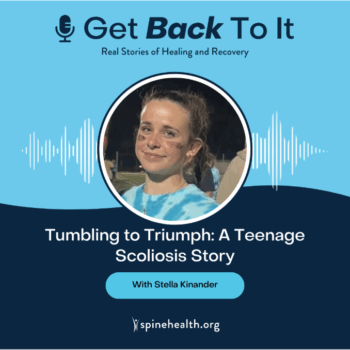At just 18 years old, Scott Smith woke up one day unable to walk.
Hear how he battled decades of nerve damage, multiple spine surgeries, and countless challenges to compete on the Mr. Universe stage — one of the most prestigious bodybuilding competitions in the world.



